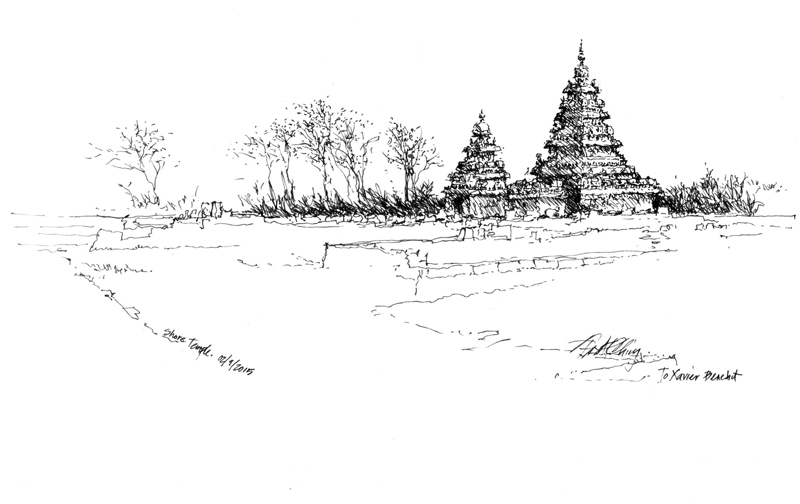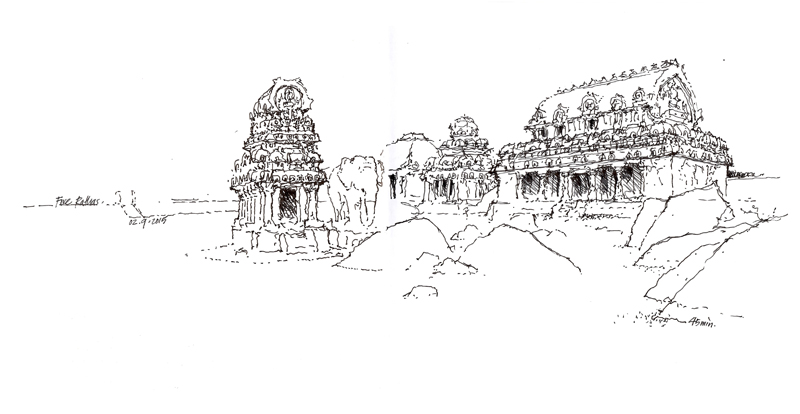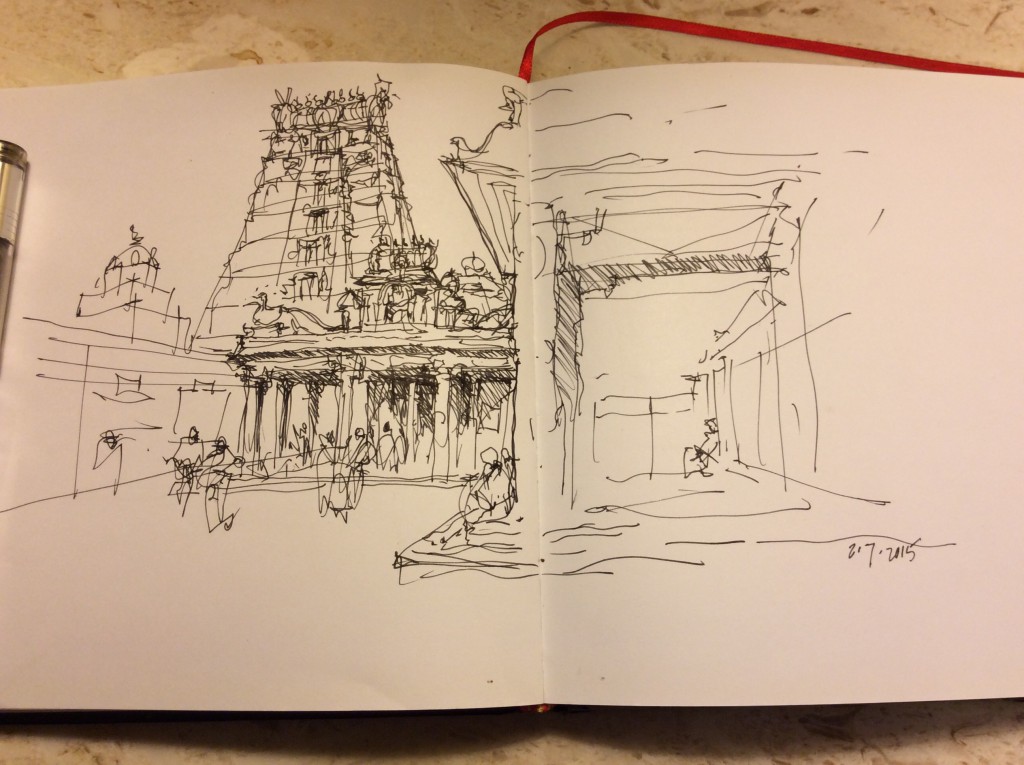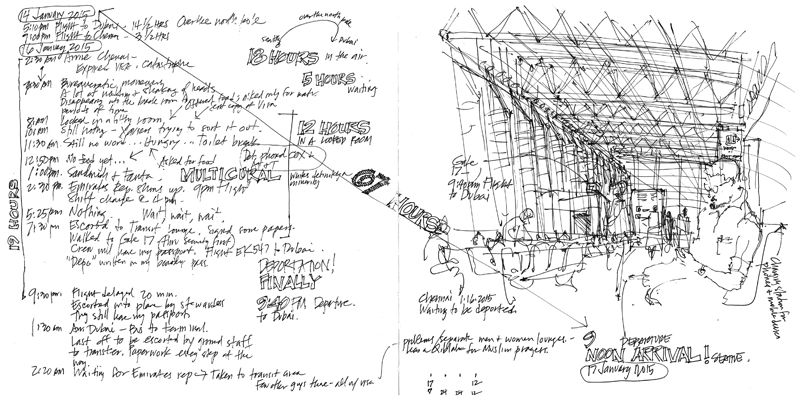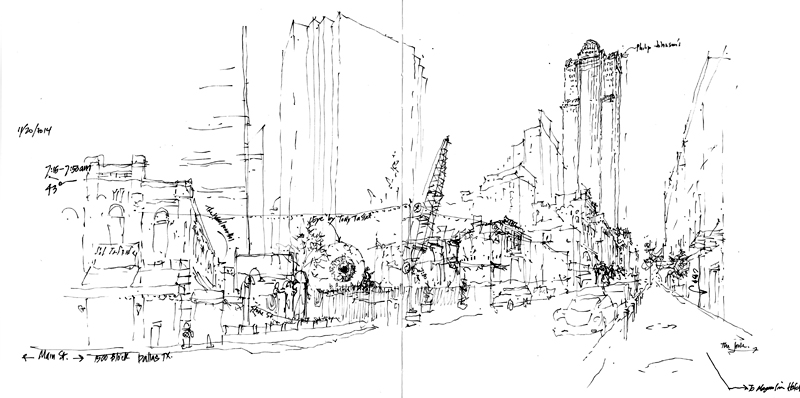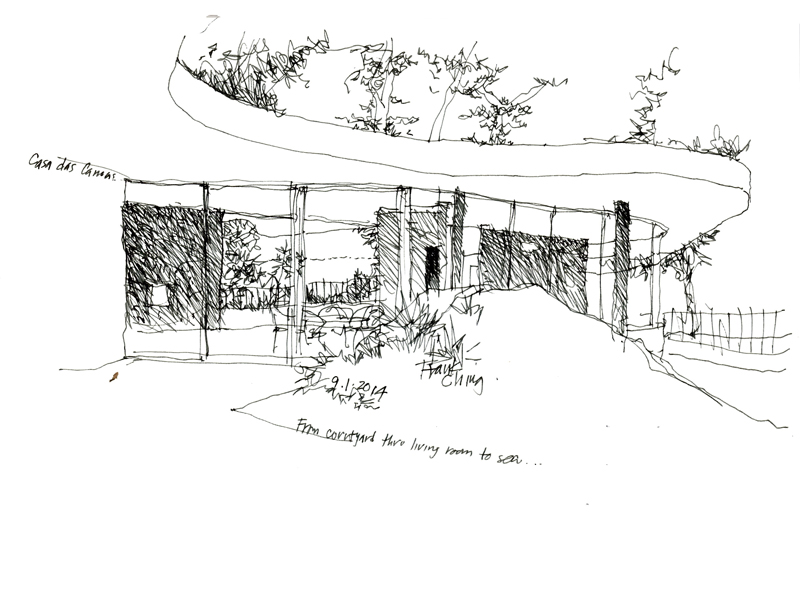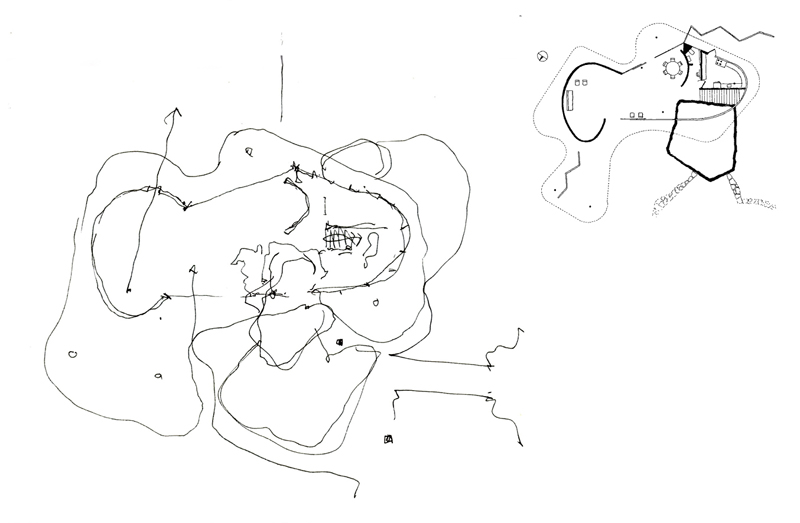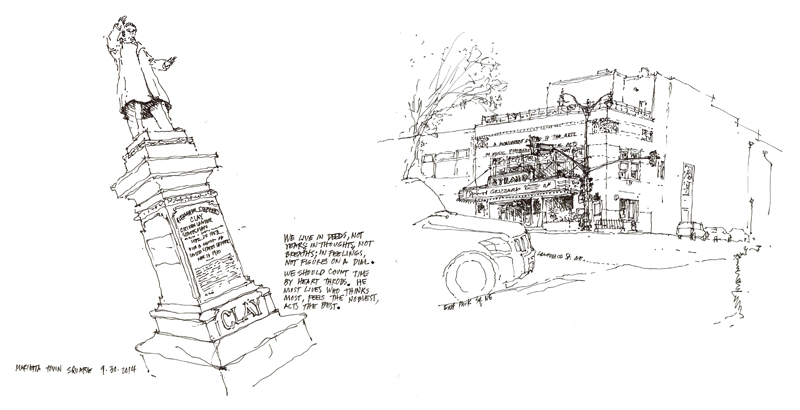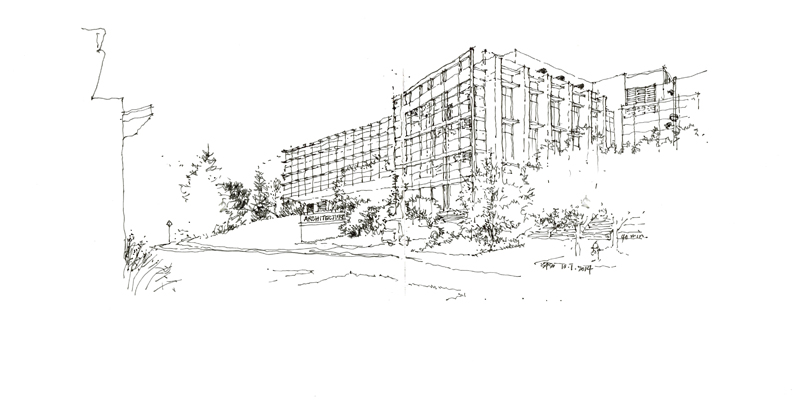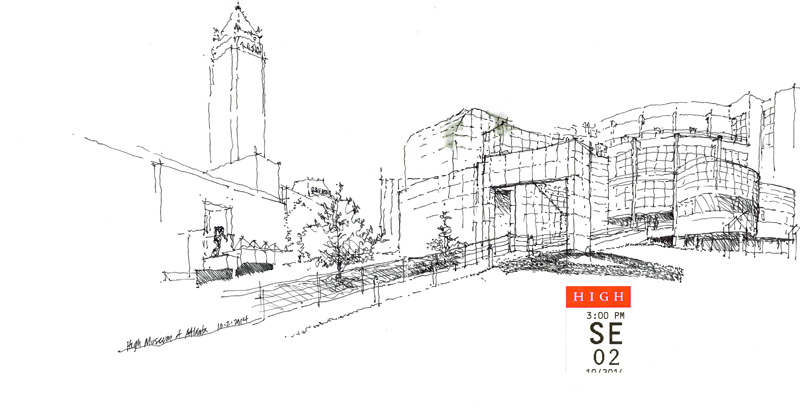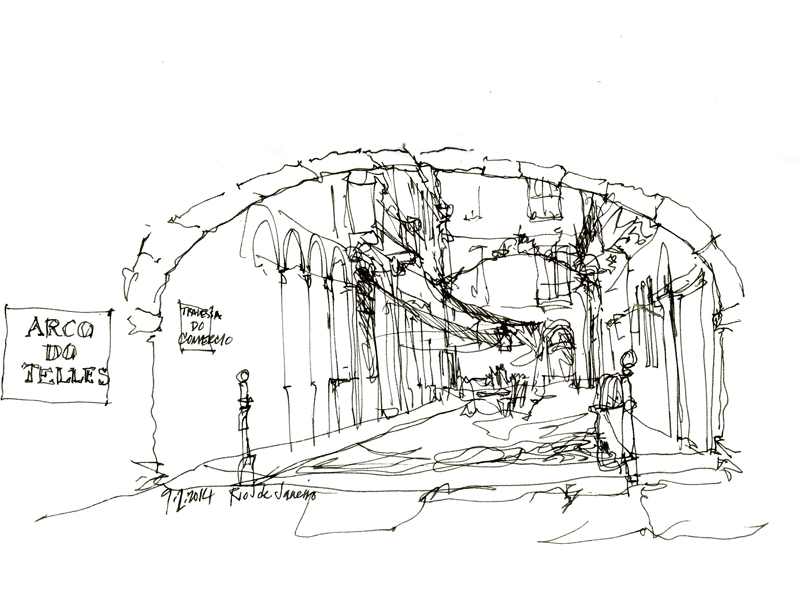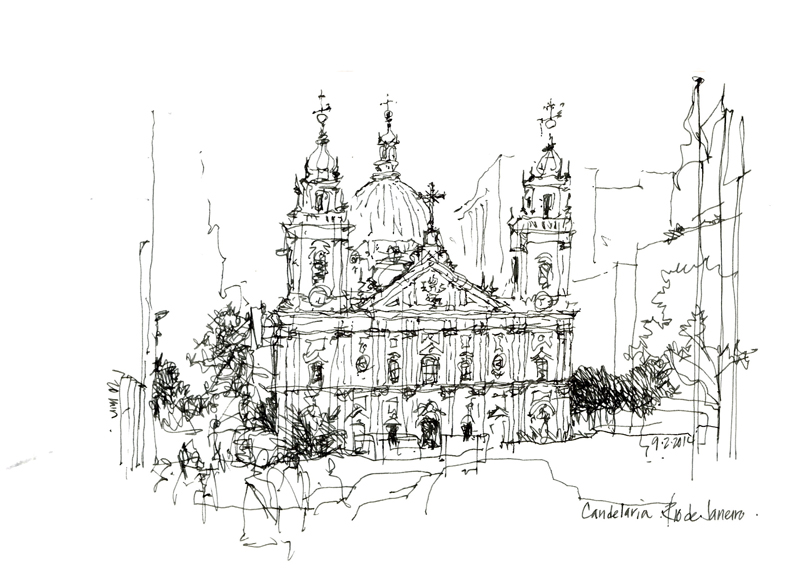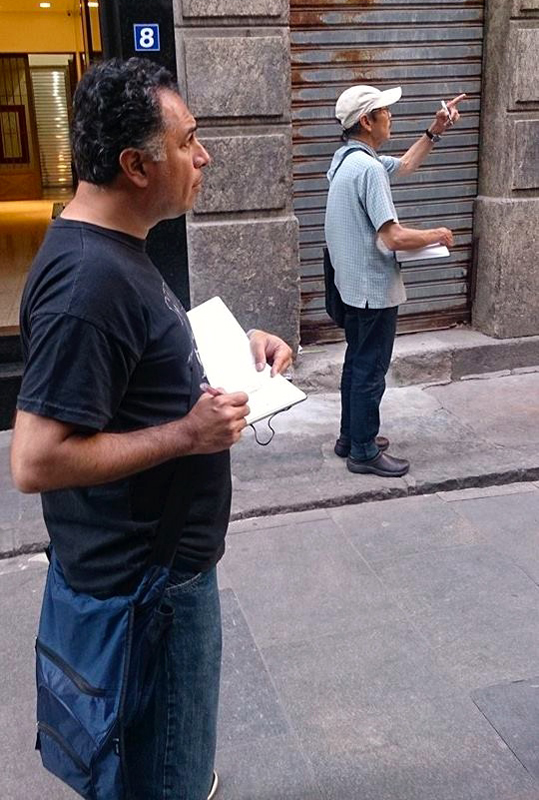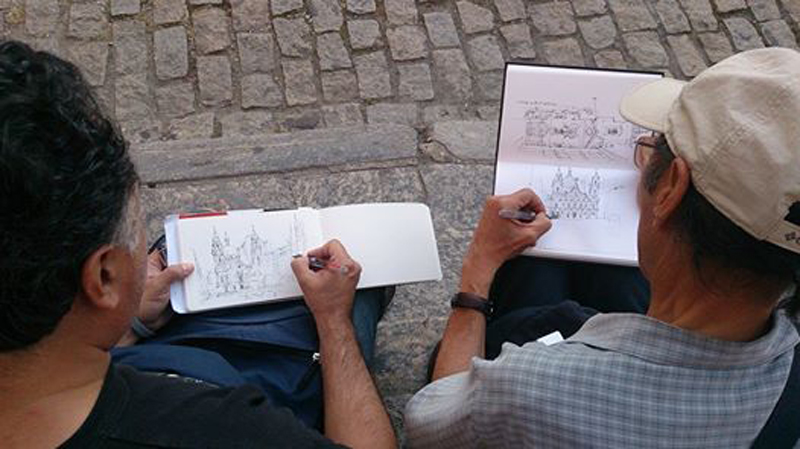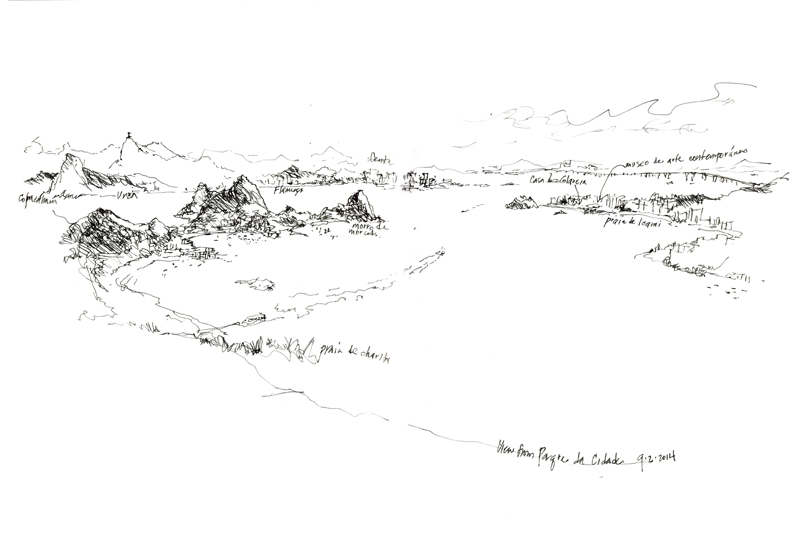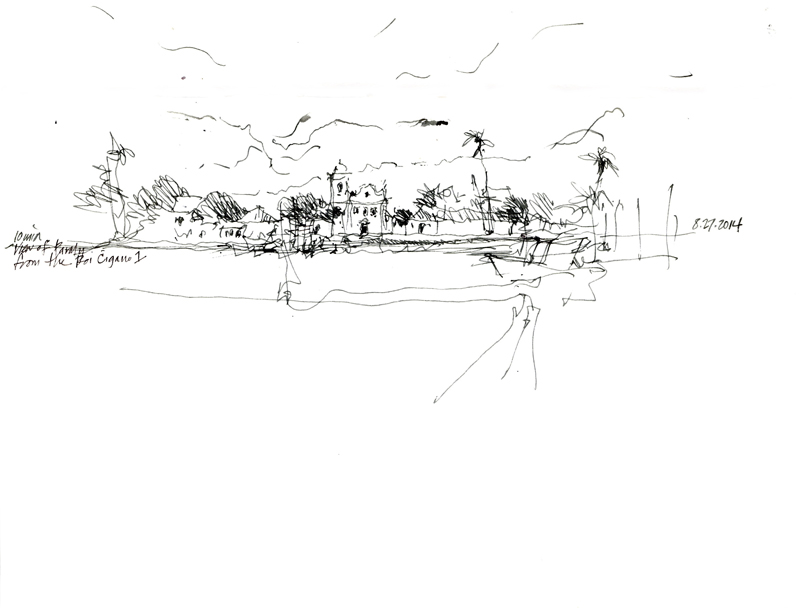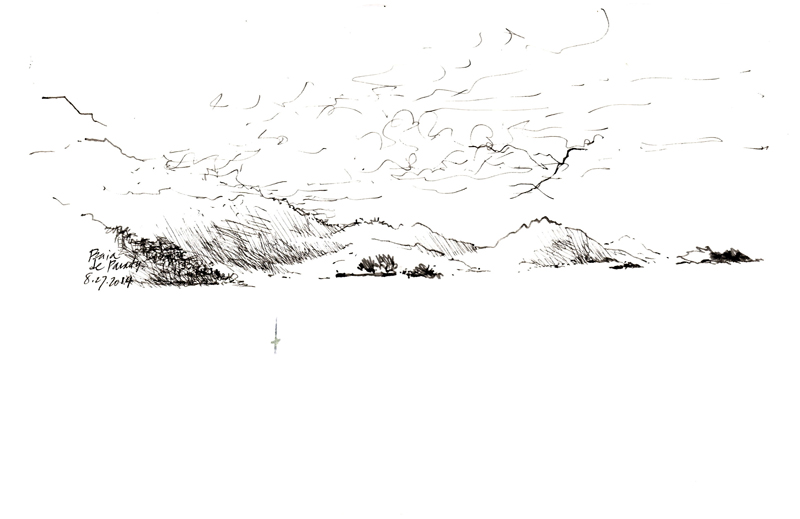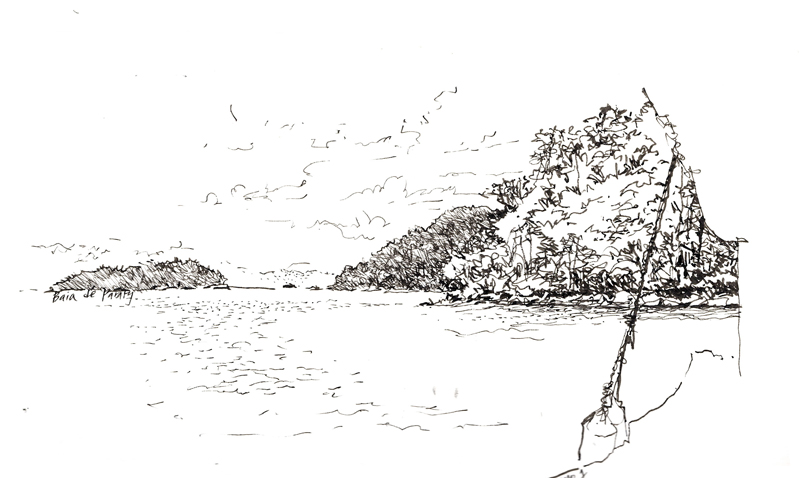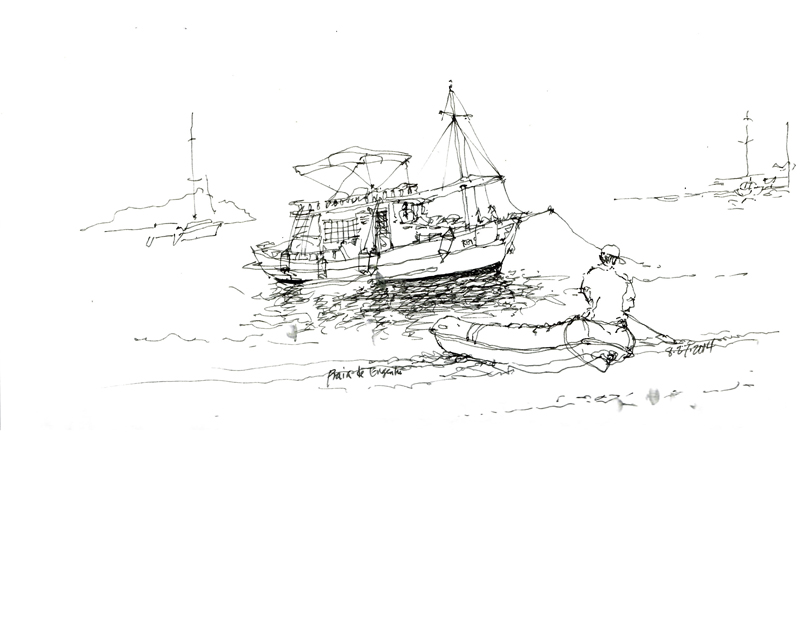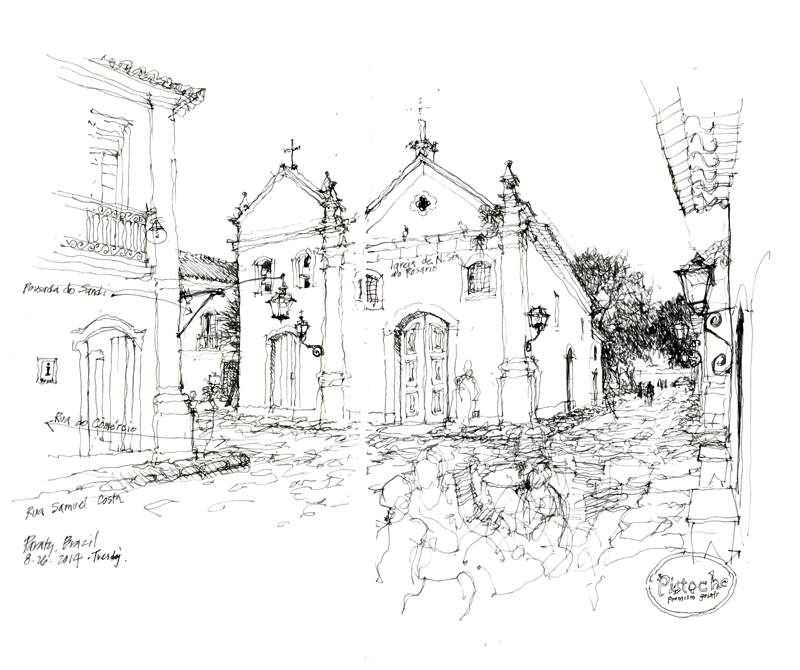After last weekend’s workshop, Xavier Benedict and I took a day trip to Mamallapuram, site of several Hindu shrines and temples. These examples of the stone-carving tradition of Pallava art and architecture are set amid a landscape strewn with mammoth granite boulders on the Bay of Bengal, 35 miles south of Chennai.
The Shore Temple, a Unesco World Heritage Site, is so named because of its siting on a promontory close by the shore of the Bay of Bengal. The 8th-century complex of three temples is famous for its profile surrounded by a low enclosure surmounted by Nandis, seated bulls that serve as the mount of the god Shiva.
Unlike the Shore Temple, which is constructed and carved from granite blocks, the Five Rathas is a 7th-century complex of monolithic rathas (chariots) hewn whole from enormous boulders of granite. These South Indian Dravidian structures, also classified as a UNESCO World Heritage Site, were never completed nor consecrated.
***
Thanks again to Xavier Benedict for his generous and gracious hospitality. For photos of the workshop, see Xavier Benedict’s Facebook page at <https://www.facebook.com/xavier.benedict.581/media_set?set=a.10204523441180918&type=1&pnref=story>.

